Monserrat Galapagos Cruise
Flight to Baltra Island. You will be met by our guide and transferred to the Monserrat. We will then sail to Bachas Beach where our first exploration of the Galapagos begins. Bachas is a great introduction to the Galapagos. Here you can relax and swim on its crystalline waters. This site also gives visitors the opportunity to see frigatebirds, blue-footed boobies, and sea lions.
Bachas Beach Landing (PM) (2h)
Head to Bachas Beach where the sand is made of decomposed coral, making it soft and white, and a favorite site for nesting sea turtles. Spot abundant Sally Lightfoot crabs on the lava rocks along the water's edge -- these crabs will eat anything they can get their claws on! Trek to see a wide range of wildlife, including flamingos, hermit crabs, black necked stilts, and sea lions.
Snorkeling (AM) (45m-1h)
Go snorkeling or swimming right off the white sand beach of Las Bachas. Spot all sorts of marine wildlife in its shallow waters and tidal pools. Bachas is also one of the most important beaches for the green turtle as a nesting site.
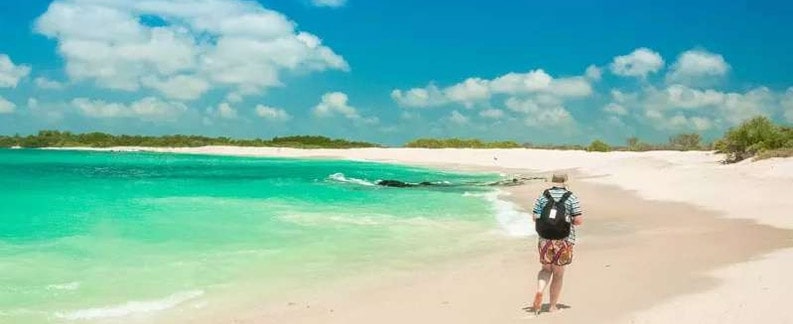
After a long journey from the central part of the Galapagos, we will arrive to the pristine and remote West of the archipelago. Our visits today are Tagus Cove and Urbina Bay on the west of Isabela Island, where we will have our first encounters with flightless cormorants, penguins, giant tortoises and beautiful landscapes and amazing snorkeling opportunities.
Tagus Cove (AM)
Tagus Cove is located on the Northwestern coast of Isabela. It is a historical site visited by Charles Darwin in 1835, where graffiti has been carved into the rock walls by visitors over the past centuries. This spot has been frequented by whalers and pirates since the 1800s that used the area as anchorage. The name of the site dates back to 1814 when it was visited by a British ship, The Tagus, which had anchored there in search of giant tortoises to be used as food supply on the boat. Here, we will admire a variety of seabirds, such as blue-footed booby, brown noddy, terns, flightless cormorant and Galapagos penguins depending on the season. Occasionally you might see woodpecker finches, the Galapagos hawk, the yellow warbler or a large-billed flycatcher. After a dry landing one, we can climb up the trail to visit Darwin 's Lake. The lake is located on the slopes of Darwin Volcano and is, surprisingly, a salt water lake above sea level. Our naturalist guide will tell you what are the different scientific theories for this occurrence. Meanwhile, in our snorkeling there are chances to see sharks, turtles and sea stars. You may also see various different types of colorful fish.
Urbina Bay (PM)
Urbina Bay is a fascinating visitor site that came to be as the shallow sea bottom uplifted in 1954 showing a large coral reef sticking up above sea level. Because of this, Urbina Bay is one of the newest features in the Galapagos. This visitor site is located west of Isabela and provides spectacular views of the Alcedo volcano. The long trail starts on the beach where a wet landing is made. In this location, you will likely see wild Galapagos Giant Tortoises and Galapagos Land Iguanas. As the trail circles back towards the shore line you'll come across colonies of the unique Galapagos Flightless Cormorant which lost its ability to fly. This is also a great spot for snorkeling, as you can come close to a Galapagos Penguin Colony and see Galapagos Marine Iguanas feeding underwater.
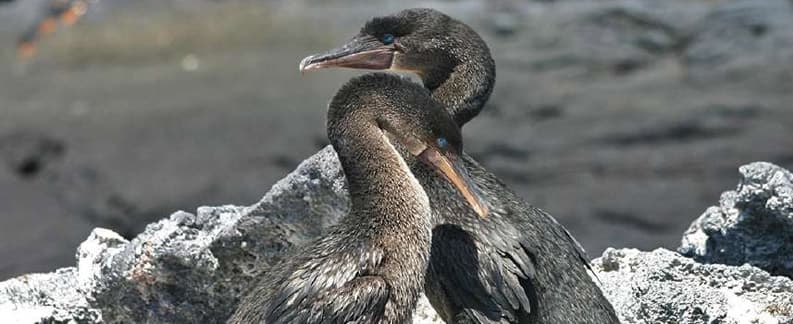
Today we visit the most western visitor site of the Galapagos, Espinoza Point in Fernandina Island. This island is also one the most pristine on the archipelago as no foreign species have been introduced. In the afternoon, we will visit Vicente Roca Point, on Isabela Island, famous for its rich underwater sea life thanks to its location on the Bolivar Channel.
Espinoza Point (AM)
Espinosa Point on Fernandina Island is one of the most pristine islands in the world, with none of man’s introduced species to date. From here we can see the island of Isabela across the Bolívar Channel, an area that boasts some of the highest diversity of endemic sea fauna in the Galapagos. Fernandina is the youngest of the Galapagos Islands and a visitor favorite.
When landing, check out the tidal pools where there is abundance of sea life, including small fish and mollusks. If we are lucky, a sea turtle or ray may be trapped in the pools. A little further ahead we will pass through some marine iguana burrows and sea lion colonies. The trail continues to where several flightless cormorants have their nests. This remarkable bird is only found in western Galapagos, and experts estimate that they may only be a few hundred individuals in total.
Vicente Roca Point (PM)
Vicente Roca Point has great deep-water snorkeling at one of the richest marine havens on Earth (Bolivar Channel). Vicente Roca Point is renowned for its Galápagos green turtles, which are very numerous on the bay. Although the spot is known for its high concentration of green turtles, sharks and rays can also be observed when underwater visibility is good. We take a dinghy ride along the coast to observe a great diversity of sea and coastal birds; Nazca and blue-footed boobies, noddies, brown pelicans, penguins, flightless cormorants. The upwelling of cold water currents in this part of the Galapagos gives rise to an abundance of marine life. Our snorkeling will take us along the cliffs and offer the chance of exploring two shallow underwater caves with rich marine wildlife.
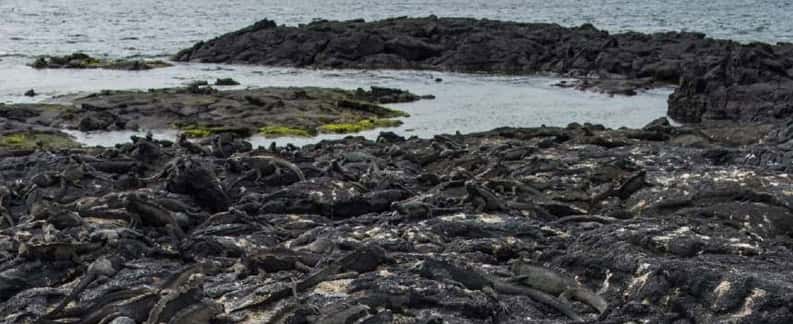
Morning excursion to Puerto Egas to see the salt crater as well as a dark sand beach and tidal pools. Continue to Playa Espumilla, one of the most idyllic beaches in the Galápagos Islands, which boasts thick mangroves and flamingo and sea turtle nesting sites. Head to Buccaneer Cove to witness the towering cliff wall rock formations.
Santiago Island has seen its share of human activity from whalers and pirates over the years, and despite the introduction of goats to the island many years ago, the wildlife of Santiago has otherwise flourished and provides outstanding viewing opportunities. The island boasts marine iguanas, sea lions, fur seals, land and sea turtles, among others. Enjoy great wildlife viewing both on land and in the water.
Puerto Egas Visit (AM)
Explore the spectacular shoreline of Puerto Egas, also known as James Bay. Spot a great number of shore birds and reptiles – the beach area is home to a plethora of wildlife.
Snorkeling (Puerto Egas) (AM) (45m-1h)
Grab a snorkel and jump into the water right off the beach to explore Puerto Egas' interesting underwater world. Keep your eyes peeled for rays, turtles, and reef sharks while snorkeling. After, visit the large tidal pool area – marine iguanas and Sally Lightfoot crabs are everywhere.
Playa Espumilla Excursion (PM)
Head to Playa Espumilla, one of the most idyllic beaches in the Galápagos Islands, which has thick mangroves and sea turtle nesting sites.
Buccaneer Cove Visit (PM)
Jump into the panga and cruise alongside high cliffs and rock formations on this visit to Buccaneer Cove, which was a favorite hideout for pirates looking to stock up their boats with food and water. Spot sea lions relaxing on the beach and sea birds nesting in the cove – there’s lots to see at this site.
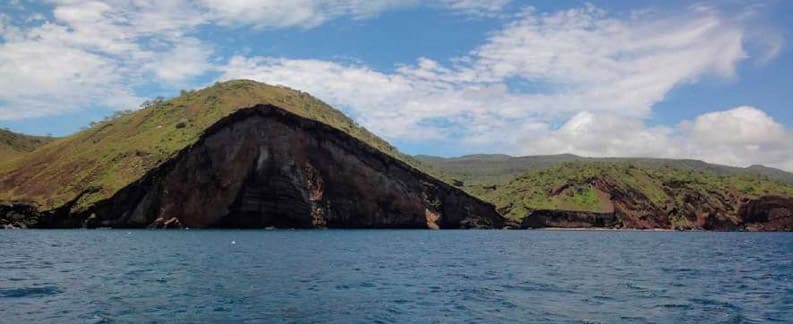
Visit North Seymour for guided walks to observe birds and wildlife, including vast sea lion colonies. In the afternoon, enjoy the highlands. Visit a tortoise ranch and see some of the amazing volcanic formations on Santa Cruz.
North Seymour Island Visit (AM)
Have an amazing wildlife experience visiting North Seymour Island – this island is teeming with life! Follow trails to see all the action (you may need to give way to a passing sea lion or marine iguana while walking). See blue-footed booby nests where mating pairs perform their courtship dance. Head to a rocky shore to see flocks of pelicans having lunch in a dive bomb feeding frenzy, then turn inland to a large nesting site of magnificent frigate birds. These huge, dark acrobats have two-meter (6.5 ft) wingspans, and males, with their puffed-up scarlet throat sacks, sit precariously perched in low bushes to watch over their equally large chicks.
Santa Cruz Highlands Excursion (PM)
Visit the highlands of Santa Cruz and see the Galápagos giant tortoise in its natural surroundings. Explore the area and its incredible underground lava tunnels – some are more than 1km (.6 mi) long! Wander along the volcanic tubes and keep an eye out for the (mainly) nocturnal barn owls that sometimes roost here.
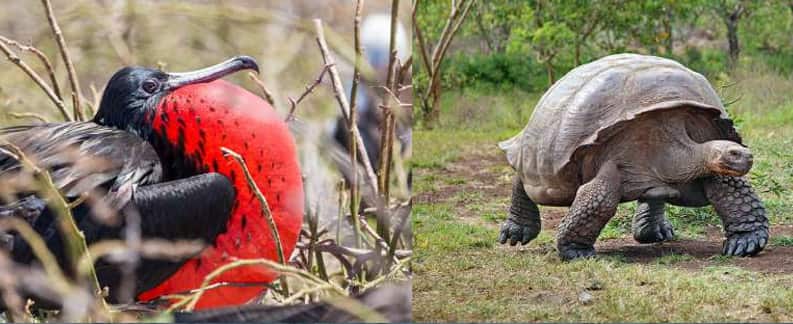
This morning we will have an excursion to Rabida, its unique reddish landscape, to see a lagoon and a sea lion colony. Continue to Bartolome for a guided tour to see the dramatic volcanic features before hiking to a panoramic viewpoint.
Rabida Island Excursion (AM)
Arrive at a red sand beach at Rábida to explore its trails. A short trail leads to a saltwater lagoon; another trail goes past the lagoon to the interior, where the revered palo santo trees grow. (When burned, the branches of this tree give off a pleasing aroma and ward off mosquitoes.) Head back to the beach to see prehistoric-looking pelicans nesting among low-lying bushes – it's a rare treat to watch parent pelicans return with gullets full of fish for the squawking youngsters.
Snorkeling (Isla Rábida) (AM)(45m-1h)
Take a panga ride from the beach to a cliff wall that drops off into the water to find one of the best deep-water snorkeling spots in the islands.
Bartolome Island Landing (PM)
Hike to Bartolome's summit for a stronger perspective of the islands' not-too- distant volcanic origins, and enjoy a panoramic view – it’s one of the best among the islands! See other Galápagos Islands in the distance as well as Pinnacle Rock, the island’s famous towering landmark.
Snorkeling (Bartolomé Island) (PM) (45m-1h)
Take the opportunity to swim and snorkel around Pinnacle Rock, one of the most iconic volcanic rock formations on the islands. Home to Galápagos penguins, friendly sea lions, sea turtles, and a huge variety of fish, Bartolome and its surrounding waters are a fantastic place to explore the natural wonders of the Galápagos.
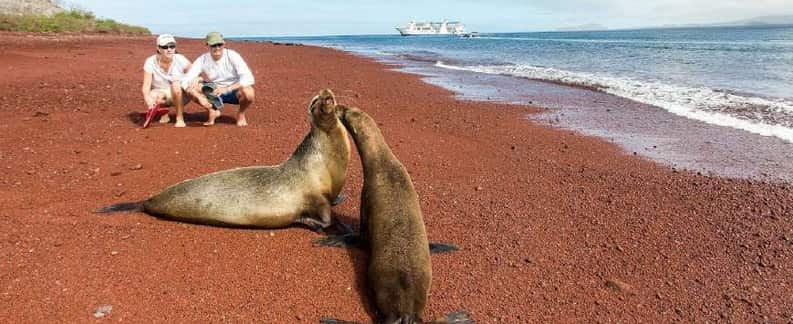
Land at South Plaza in the morning for wildlife spotting opportunities and a walk through the cactus forest. In the afternoon, take a guided walk around Santa Fé to observe wildlife and plentiful marine iguanas.
South Plaza Island Visit (AM)
Visit South Plaza, one of the smallest islands in the Galápagos, which has one of the largest populations of land iguanas. Walk along a path through a cactus forest and view a combination of dry and coastal vegetation on this lively island, home to a wide range of fauna, including incredible birdlife. Spot red-billed tropicbirds and indigenous swallow-tailed gulls resting on the cliffs, and sea lions playing in the water
Sante Fe Hiking (PM)
Lace up your hiking boats to explore the island's flora and fauna. Trek toward the cliffs along the island's northern shore to see a forest of giant prickly pear cacti (Opuntia). See endemic land iguanas lounging in their favorite forest, and feasting on Opuntia pads and fruit.
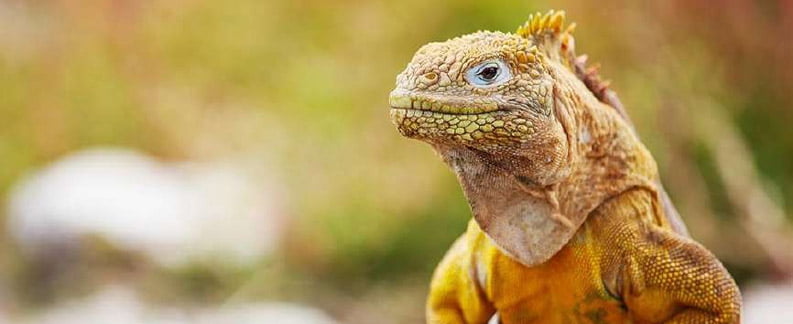
Morning landing at Punta Pitt on San Cristobal Island to observe the marine iguanas and seabirds along the beach and enjoy a snorkeling excursion. In the afternoon, we land at Cerro Brujo to observe the sea lions, marine iguanas, and seabirds along the beach.
Punta Pitt Visit (AM)
Enjoy amazing wildlife watching and interesting geological formations on this fascinating expedition. Arrive at a quiet cove on the eastern tip of San Cristobal to explore Punta Pitt. Made up of volcanic tuff substrate, it's the only site in the Galapagos where it's possible to see three species of boobies and two species of frigatebirds.
Snorkeling (Punta Pitt) (AM)
Snorkel around Punta Pitt Island and spot schools of fish swimming below. On the shore admire the nesting birds and sun bathing sea lions.
Cerro Brujo Visit (PM)(1h-3h)
Visit Cerro Brujo to explore its coastline, and look for wildlife on the beach, in the water, and in the air. Learn about the human and natural history of the area from the Galápagos CEO. Take a refreshing dip in the turquoise water, and head out on a short walk to a freshwater lagoon – a great place to see flamingos.
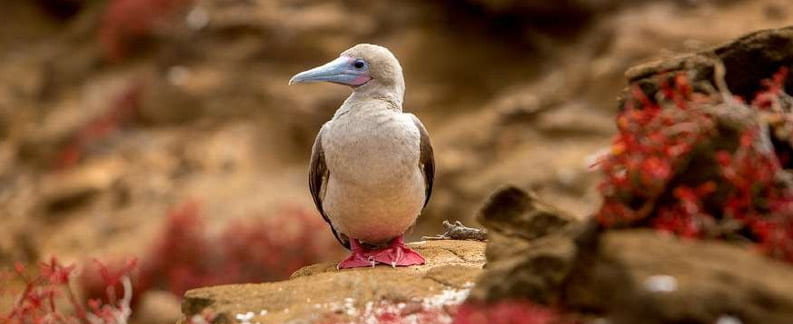
In the morning, visit Isla Lobos and be greeted by sea lions frolicking in the waves before transfer to Puerto Baquerizo Moreno airport.
Lobos Island Visit (AM)
Explore this tiny island by foot and boat for some great wildlife encounters. Take a panga ride to view the sea and shore birds nesting and feeding. Spot a small colony of blue-footed boobies as well as two species of sea lions.
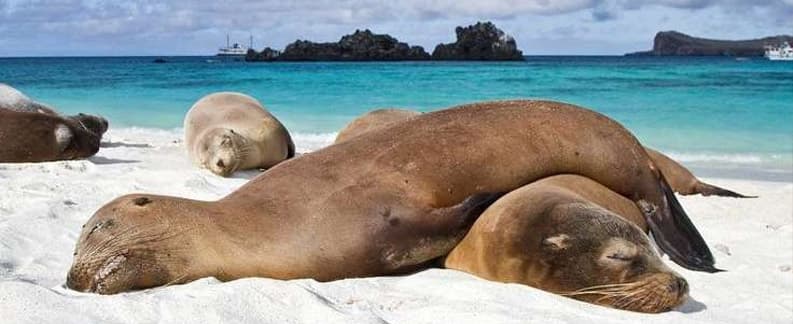
Copyright © 2016 - 2023, Trinetra Tours Pvt Ltd. Powered By DigiLantern

